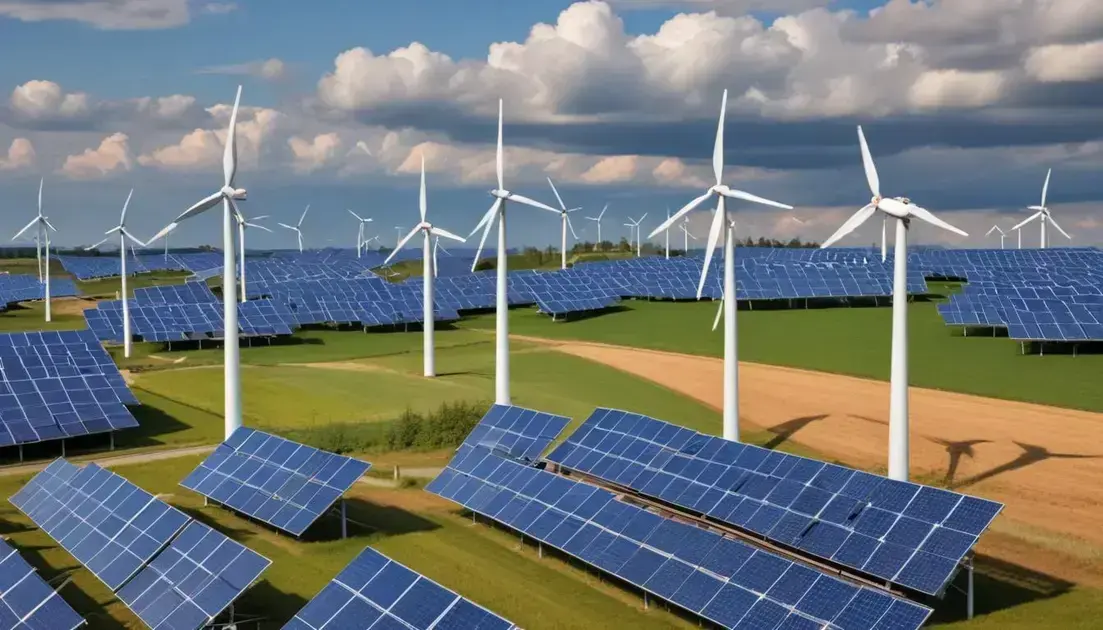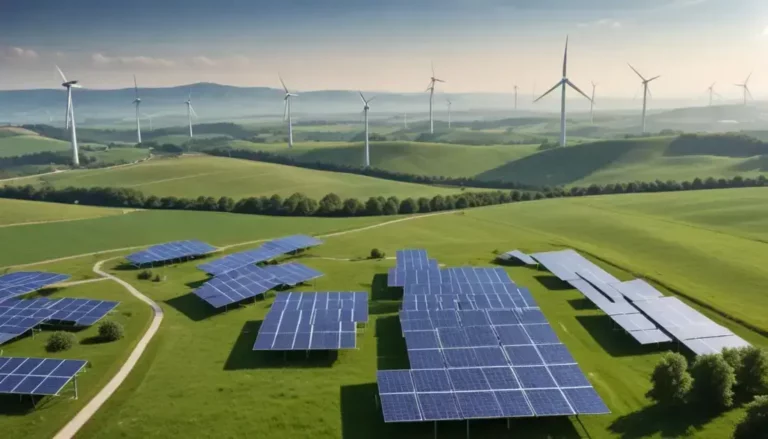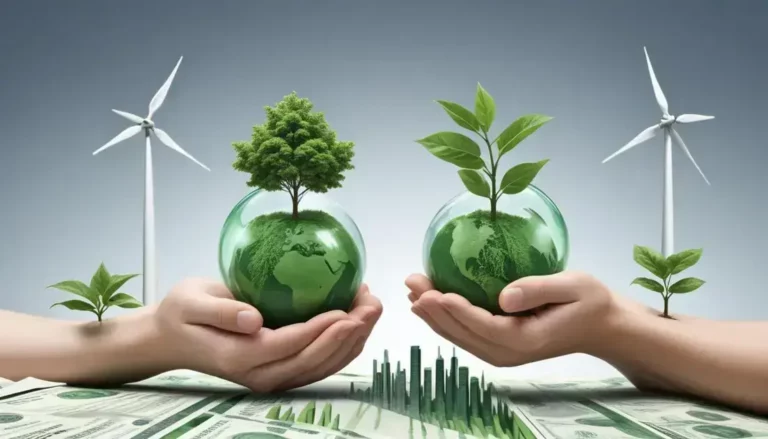Germany allocates €100B for climate and energy projects
Germany’s €100 billion climate investment focuses on enhancing renewable energy, improving energy efficiency, and promoting sustainable transportation, while a shift in debt policy allows for more flexible financing to accelerate these green initiatives.
In a bold move, Germany is set to direct €100 billion towards Germany climate investment, marking a significant step in its energy transition efforts. How will this funding reshape our climate future?
Where Will the €100 Billion Go?
The allocation of €100 billion represents a landmark effort in Germany’s approach to climate action. This investment will primarily focus on three critical areas: renewable energy infrastructure, energy efficiency upgrades, and sustainable transportation.
Renewable energy infrastructure is set to receive a significant portion of the funds. The aim is to enhance solar and wind energy capacity across the country. By expanding the grid and investing in innovative technologies, Germany seeks to reduce its reliance on fossil fuels.
Energy efficiency upgrades are equally vital. The funding will support residential and commercial building renovations, promoting the use of green technologies. This includes insulation improvements and the adoption of energy-efficient appliances, significantly decreasing carbon footprints.
Moreover, sustainable transportation will be transformed through investments in electric vehicle (EV) infrastructure. Expanding charging networks and supporting EV manufacturing will encourage widespread adoption. This not only aids in reducing emissions but also positions Germany as a leader in eco-friendly automotive technologies.
In summary, these targeted investments aim to foster a comprehensive shift towards sustainability, creating a greener future for Germany while simultaneously boosting economic growth and job creation.
A Shift in Germany’s Debt Policy for Climate Action
The recent shift in Germany’s debt policy indicates a strong commitment to climate action. This change allows the country to leverage borrowing to fund essential environmental initiatives without the constraints of previous fiscal rules. With a growing recognition of the climate crisis, the government is prioritizing investments that can drive sustainability forward.
By moving away from traditional budgetary limits, Germany aims to create a more flexible financial environment for green projects. This approach enhances the capacity to mobilize resources for renewable energy, infrastructure upgrades, and technological innovations. The financial framework aligns with the goals set out in the Paris Agreement, promoting a transition to a low-carbon economy.
Moreover, this policy adjustment not only facilitates immediate upgrades to green infrastructure but also stimulates job creation in the renewable energy sector. As a result, the government can expect to see positive economic impacts alongside environmental benefits. In this context, businesses and investors are more likely to support eco-friendly projects, contributing to a robust green economy.
Overall, Germany’s shift in debt policy represents a significant transformation in approaching climate finance. It underscores the necessity of flexible economic strategies to address the pressing challenges posed by climate change while fostering growth and innovation.
Germany’s Commitment to a Greener Future
Germany’s decision to invest €100 billion in climate action marks a pivotal moment in the country’s environmental efforts. By focusing on renewable energy, energy efficiency, and sustainable transportation, Germany is setting a global example.
The shift in debt policy supports these initiatives, allowing for greater flexibility in financing important green projects. This means more jobs, cleaner energy, and a healthier planet.
As the world grapples with climate change, Germany’s proactive approach highlights the importance of bold actions. By prioritizing sustainability, they are not just protecting the environment but also enhancing economic growth.
In conclusion, Germany’s actions demonstrate that investing in the future can lead to positive change for both the economy and the planet. This commitment to climate investment is a step toward a more sustainable and prosperous future.
Frequently Asked Questions
What is the purpose of Germany’s €100 billion climate investment?
The investment aims to enhance renewable energy infrastructure, improve energy efficiency, and promote sustainable transportation across the country.
How will the shift in Germany’s debt policy impact climate initiatives?
The shift allows Germany to borrow more freely to finance green projects, enabling greater investment in sustainability without strict budget constraints.
What specific areas will receive funding under this initiative?
Funding will primarily go towards renewable energy projects, energy efficiency upgrades, and the development of electric vehicle infrastructure.
What are the expected economic benefits of this climate investment?
The investment is expected to create jobs, stimulate the green economy, and encourage technological innovation, contributing to overall economic growth.
How does Germany plan to achieve its climate action goals with this funding?
By prioritizing flexible financing for green projects, Germany aims to accelerate its transition to a low-carbon economy and meet the goals of the Paris Agreement.
Why is this investment significant for global climate efforts?
Germany’s commitment sets a precedent for large-scale climate financing, encouraging other nations to adopt similar strategies for addressing climate change.






